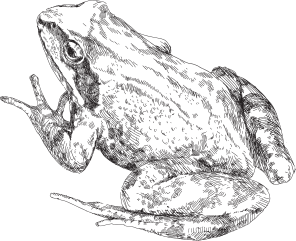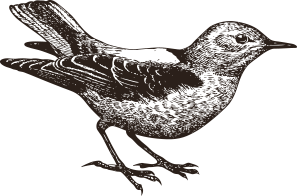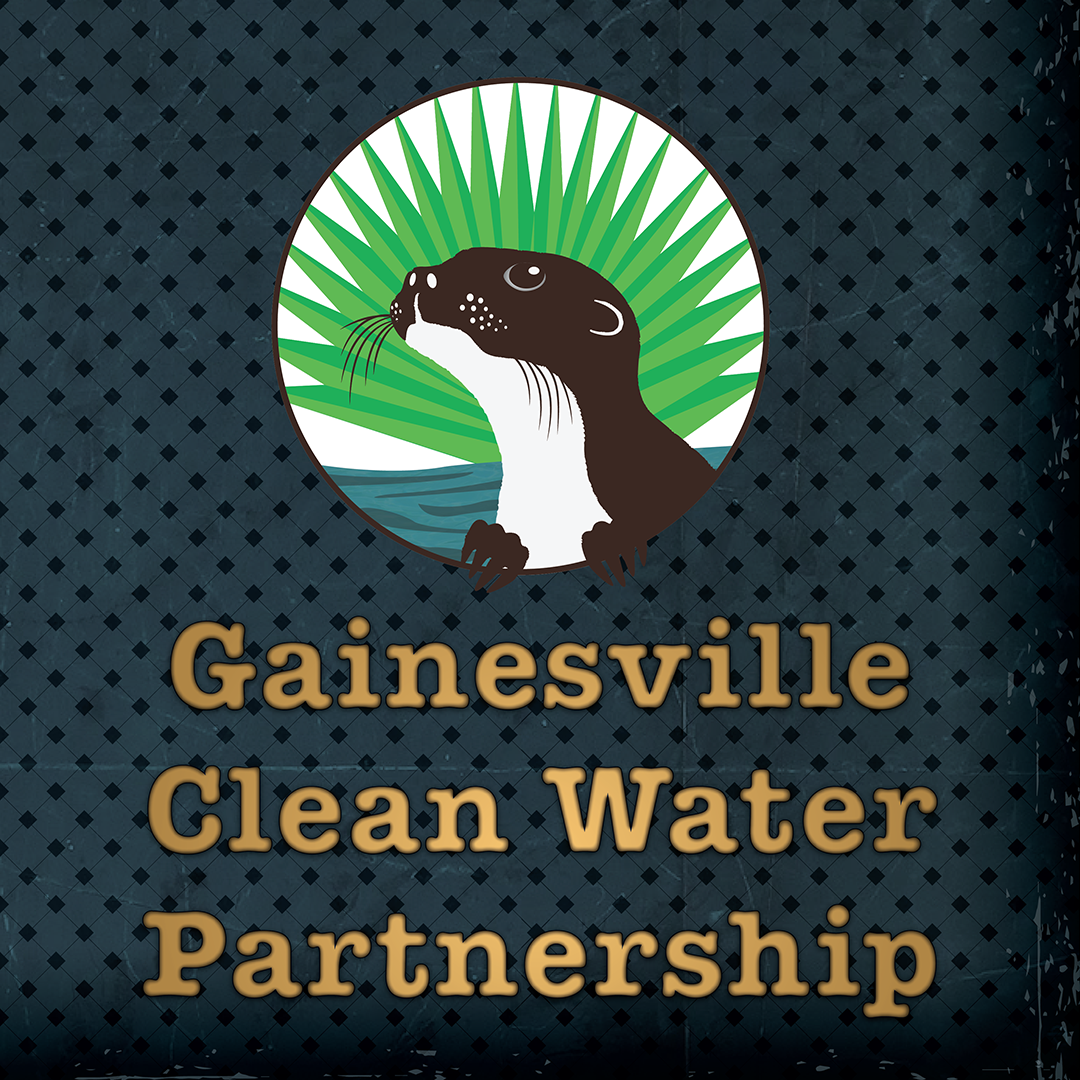Definitions
Aquifer – An underground layer of permeable rock, sediment or soil that contains or transmits groundwater. Aquifers can range from a few square kilometers to thousands of square kilometers in size.
Basin Swamp – A basin wetland vegetated with hydrophytic trees and shrubs that can withstand an extended hydroperiod. Highly variable in size, shape, and species composition.
Benthic Macroinvertebrates – Small animals living among the sediments and stones on the bottom of streams, rivers and lakes. Insects comprise the largest diversity of these organisms and include mayflies, stoneflies, caddisflies, beetles, midges, crane flies, dragonflies, and others.
Biota – The flora and fauna of a region
Biotic – Of, relating to, or caused by living organisms (having a (specified) mode of life)

Blackwater Stream – Originate in swampy areas and get their names because the water that flows through them is stained dark brown, like the color of tea, by organic acids leached from fallen leaves.
BMAP – Acronym for Basin Management Action Plan. A group made up of local governments, businesses and citizens has worked together to create a BMAP for the Orange Creek Basin to address pollutants in our watersheds. The BMAP presents management actions and options for addressing high bacteria levels in Hogtown Creek, Sweetwater Branch, and Tumblin Creek and too many nutrients in Alachua Sink, Orange Lake, Newnans Lake, and Lake Wauberg. The plan was developed to address pollutant loading targets (also called Total Maximum Daily Loads) developed by the Florida Department of Environmental Protection for these waterbodies.
Creek – A small stream, often a shallow or intermittent tributary to a river.
Depression Marsh – Characterized as a shallow, usually rounded depression in sand substrate with herbaceous vegetation or subshrubs, often in concentric bands. Typically occur in landscapes occupied by fire-maintained matrix communities such as mesic flatwoods, dry prairie, or sandhill.
Fecal Coliform – Bacteria that live in the digestive tracks of warm-blooded animals, including humans, and are excreted in the feces. Although most of these bacteria are not harmful and are part of the normal digestive system, some are pathogenic to humans. These bacteria can be present in water, soil and plant material.
Flood Plain – An area of low-lying ground adjacent to a river, formed mainly of river sediments and subject to flooding.

Gainesville Clean Water Partnership – A cooperative partnership between the City of Gainesville, Alachua County, and the Florida Department of Transportation dedicated to working with the Gainesville community for healthy waterways.
Groundwater – Water that collects or flows beneath the Earth’s surface, filling the porous spaces in soil, sediment, and rocks. Groundwater originates from rain and/or from melting snow and ice and is the source of water for aquifers, springs, and wells. The upper surface of groundwater is the water table.
Groundwater Basin – The underground area from which groundwater drains. The basins could be separated by geologic or hydrologic boundaries.
Impaired Creek – An impaired creek has been negatively impacted by pollution, resulting in decreased water quality.
Intermediate Aquifer – In southwestern Florida, aquifers that lie between the surficial aquifer system and the Floridan aquifer system are collectively referred to as the intermediate aquifer system. The intermediate aquifer system is under confined conditions and is mainly comprised of permeable layers of sand, shell and limestone separated by clay confining units.
NPDES – Acronym for the National Pollutant Discharge Elimination System. NPDES is a federal program created to assist communities in reaching the goals of the Clean Water Act.
Nutrient Pollution – The process where too many nutrients, mainly nitrogen and phosphorus, are added to bodies of water and can act like fertilizer, causing excessive growth of algae. Nutrients can run off of land in urban areas where lawn fertilizers are used.
Riparian Vegetation – A riparian zone or riparian area is the interface between land and a river or stream. Plant habitats and communities along the river margins and banks are called riparian vegetation, characterized by hydrophilic plants.

Riparian Vegetation – A riparian zone or riparian area is the interface between land and a river or stream. Plant habitats and communities along the river margins and banks are called riparian vegetation, characterized by hydrophilic plants.
Sand Smothering – Excessive sediment deposits in a stream bed, contributed by erosion or from can significantly alter and degrade habitat. Some animals are dependent on the rocky bottoms of streams, while others live in deep sandy pools or around woody debris. Sediments fill the spaces between stones that invertebrates live in, and in extreme cases can bury woody debris, stony substrates (gravels and cobbles), and root mats, and fill pools and channels. This reduces the amount of invertebrate habitat and cover and spawning grounds (a place to lay eggs) for fish.
Sediment Trap – A temporary containment area that allows sediment in collected storm water to settle out before the runoff is discharged into a receiving body of water.
Sinkhole – A hole formed in soluble rock by the action of water, serving to conduct surface water to an underground passage; also called sink.
Siviculture – A branch of forestry dealing with the development and care of forests. (Siviculture is the art and science of controlling the establishment, growth, composition, health and quality of forests and woodlands to meet the diverse needs and values of landowners and society on a sustainable basis. (U.S. Forest Service)
Springshed – An area within a ground or surface water basin that contributes to springflow. The boundaries of the springshed are dynamic – they change based on the level of the aquifer (otherwise known as its potentiometric surface). This means that a springshed may cover different areas at different times, depending on whether water levels are high or low.
Stormwater – Water that runs off surfaces such as rooftops, paved streets, highways, and parking lots. It can also come from hard grassy surfaces like lawns, play fields, and from graveled roads and parking lots. Stormwater can soak into the soil, be held on the surface and evaporate, or runoff and end up in nearby streams, rivers, or other water bodies.
Surface Water – Water found in ponds, lakes, streams, rivers, and inland seas
Surficial Aquifer – Consists mostly of unconsolidated sand enclosed by layers of limestone, sandstone or clay and the water is commonly extracted for urban use. Shallow surficial aquifers are typically less than 50 feet (15 m) thick, but some larger surficial aquifers of about 60 feet (18 m) have been mapped.
TMDL – Acronym for Total Maximum Daily Load. The TMDL program, also part of the Clean Water Act, determines pollutant thresholds for waters of the state. The program requires communities with designated “impaired” waterways to decrease pollutant loads to healthy levels.
Trash Trap – A temporary containment area that allows trash in collected storm water to settle out before the runoff is discharged into a receiving body of water.
Tributary – A stream that flows into a larger stream or river or into a lake
Sand Smothering – Excessive sediment deposits in a stream bed, contributed by erosion or from can significantly alter and degrade habitat. Some animals are dependent on the rocky bottoms of streams, while others live in deep sandy pools or around woody debris. Sediments fill the spaces between stones that invertebrates live in, and in extreme cases can bury woody debris, stony substrates (gravels and cobbles), and root mats, and fill pools and channels. This reduces the amount of invertebrate habitat and cover and spawning grounds (a place to lay eggs) for fish.
Upland Hardwood Forest – A well-developed, closed-canopy forest dominated by deciduous hardwood trees on mesic soils in areas sheltered from fire. It typically has a diverse assemblage of deciduous and evergreen tree species in the canopy and midstory, shade-tolerant shrubs, and a sparse groundcover.
Watershed – A region of land draining into a river, river system, or other body of water.
Wetland – An area where water covers the soil, or is present either at or near the surface of the soil. Water saturation largely determines how the soil develops and the types of plant and animal communities living in and on the soil. Wetlands may support both aquatic and terrestrial species. The prolonged presence of water creates conditions that favor the growth of specially adapted plants and promote the development of characteristic wetland soils.

